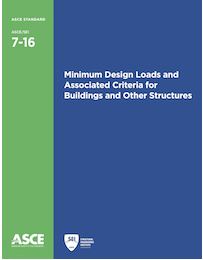The American Society of Civil Engineer’s ASCE 7: Minimum Design Loads for Buildings and Other Structures is generally the basis for the values referenced in the I-codes. Representing NADRA, Glenn Mathewson attended the organization’s recent subcommittee meeting on live and dead loads because railings and decking were part of the discussion. As Glenn reports in his code update on the NADRA blog, the NAHB recently proposed that minimum loads be determined separately for guardrails and handrails, since handrails don’t actually need to resist loads in any direction like guardrails do. Generally, Mathewson supports this distinction, arguing that, at the very least, design loads in the code and the ASCE standard are due for re-evaluation.
Another proposal discussed at the subcommittee meeting that would have a major impact on both deck builders and decking manufacturers is to have the same load requirements that are now required for stair treads be required throughout the deck. Stair treads are required to resist the familiar 40 psf live load that a deck surface must resist, in addition to a concentrated load of 300 lb. over a 4-square-inch area. As Mathewson notes, changing the minimum loading requirements for decking would mean that decking manufacturers would need additional third-party testing to demonstrate that their products can meet these new requirements. This would also apply to the lumber decking spans adopted by the IRC in 2015. To read his report, click here. and scroll down.
This article originally appeared in Professional Deck Builder.
